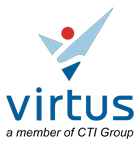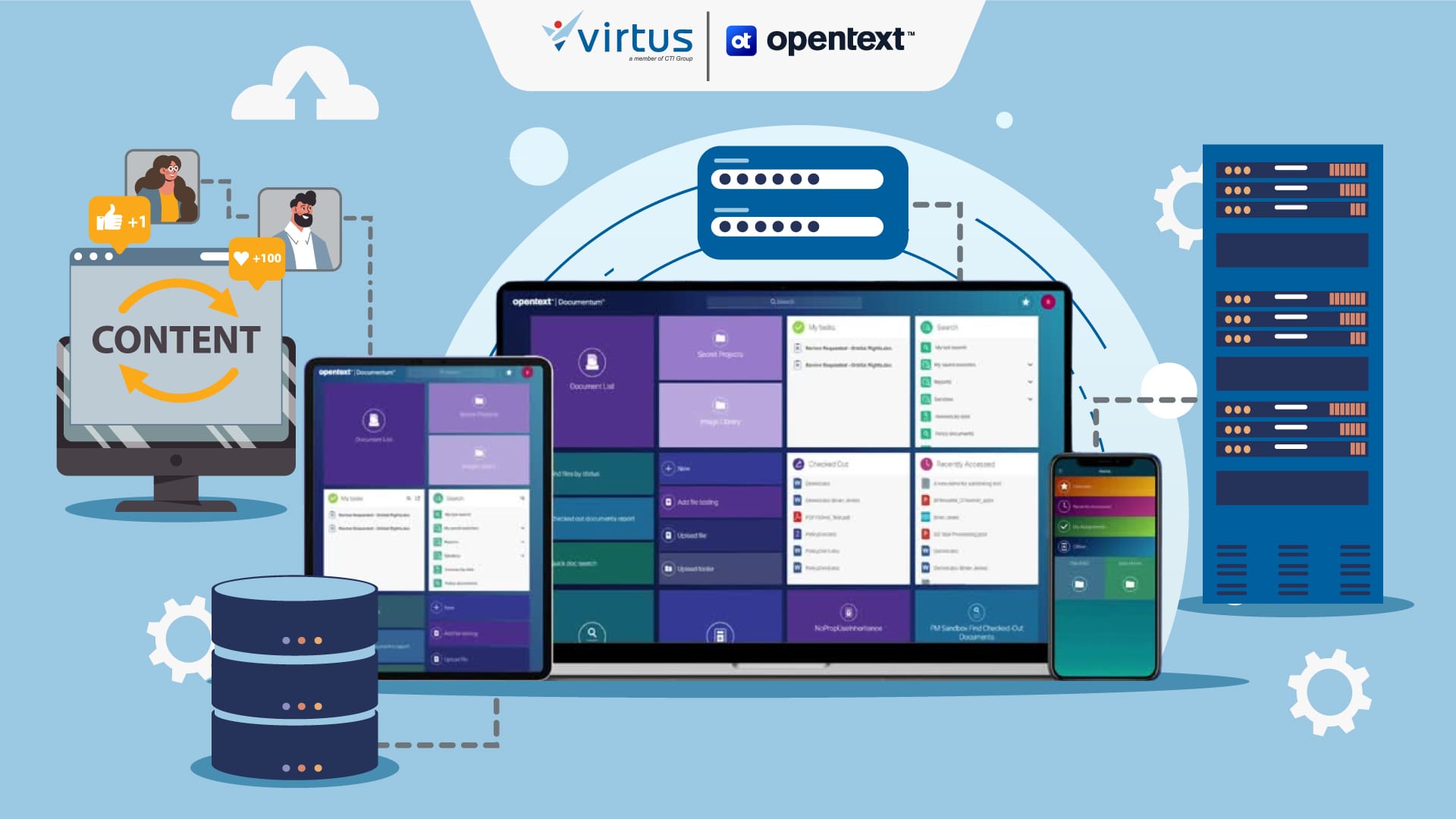In today’s digital era, businesses deal with massive volumes of information every single day—ranging from contracts, financial reports, and project proposals to long-term digital archives that must remain accessible and compliant. Without the right strategy, assets can turn into a burden: difficult to locate, prone to misuse due to lack of access control, and hindering regulatory compliance.
This is why Enterprise Content Management (ECM) is so critical. More than just a Content Management System, ECM is a strategic solution that transforms corporate content into a true asset—driving efficiency, compliance, and digital transformation.
So, what makes ECM so vital for modern organizations? Let’s dive deeper.
What Is Enterprise Content Management (ECM)?
Enterprise Content Management (ECM) is a tool that helps companies organize all essential documents and information in a more structured way. It covers the entire lifecycle—from creation and storage to sharing and secure disposal.
With ECM, content isn’t just stored; it becomes directly connected to business processes. This means every piece of information can be accessed quickly, securely, and in context with daily workflows.
Unlike simple storage systems that just “hold” files, ECM functions as the company’s “digital brain.” It delivers full visibility, protects data against breaches, and accelerates decision-making by ensuring information is always available, structured, and relevant.
Why Is ECM Essential for Modern Businesses?
Every day, businesses generate thousands of documents: contracts, invoices, financial statements, emails, and operational records. Without the right system, this content piles up, becomes difficult to locate, and exposes the company to compliance risks.
ECM transforms this challenge into opportunity by turning scattered content into a structured, strategic asset. It ensures information is secure, easy to find, compliant with regulations, and always ready to support business decisions. The result? Faster operations, smarter decisions, and greater agility in adapting to change.
5 Key Benefits of Implementing ECM
ECM is not just about storage—it’s about creating value. Here are the top five benefits:
1. Boosted Productivity
Employees spend less time searching for documents and more time focusing on meaningful work.
2. Stronger Security
Access rights ensure only authorized users can view or modify documents.
3. Easier Compliance
Regulations like GDPR or HIPAA are supported through automated governance features.
4. Seamless Collaboration
Cross-functional teams can work on shared documents that are always up-to-date.
5. Cost Efficiency
Reduces reliance on paper archives and minimizes the risk of data loss.
6 Critical Aspects of an Effective ECM System
To be truly effective, an Enterprise Content Management system should be built on six essential aspects:
1. Document Management
Manage the full document lifecycle—from creation and storage to revision, distribution, and final disposal.
2. Workflow & Automation
Automate document flows—such as approvals, reviews, and distribution—eliminating manual bottlenecks.
3. Governance & Compliance
Ensure strict adherence to regulations with secure storage, controlled access, and clear audit trails.
4. Integration
Connect seamlessly with ERP, CRM, and cloud platforms to avoid data silos.
5. Collaboration
Enable teams to securely co-author and share documents across departments.
6. AI & Analytics
Leverage AI to extract insights from unstructured content and empower smarter, data-driven decisions.
If these six aspects form the foundation of ECM, the next question is: which solution can bring them all together effectively?
This is where OpenText Documentum steps in—not just as a storage solution, but as a comprehensive ECM platform built for modern business needs and strict compliance requirements.
How OpenText Documentum Meets Your ECM Needs
OpenText Documentum goes beyond simple document storage. As a complete ECM platform, it enables organizations to manage massive volumes of documents securely, efficiently, and in full compliance with industry standards.
Its strength lies in deep integration with popular business applications such as SAP, Salesforce, and Microsoft 365. This ensures documents are not static archives but active parts of your workflows—accessible, editable, and shareable directly within the tools your teams already use.
As a pioneer in ECM, Documentum is trusted for its scalability, security, and flexibility. Whether deployed on-premises, in the cloud, or in hybrid environments, it supports the strictest regulatory standards and adapts to evolving business requirements.
With this strong foundation, Documentum has become the go-to choice for industries with complex operations—finance, healthcare, energy, and the public sector—helping organizations turn content into a strategic asset, not just an administrative burden.
Key Advantages of OpenText Documentum Content Management
Compared to other solutions, Documentum excels in several areas:
- High scalability: capable of handling billions of documents.
- Built-in compliance: meets strict global industry standards.
- Business process automation: reduces manual work.
- AI-powered insights: uses generative AI for search and analytics.
- Cloud-ready architecture: flexible deployment on-premises, hybrid, or SaaS.
OpenText Documentum Content Management Portfolio
OpenText delivers a comprehensive portfolio of Enterprise Content Management (ECM) solutions that are flexible, cloud-ready, and tailored to modern business needs. The portfolio is built on three key pillars:
OpenText Content Management (CM)
- Document Management with audit-ready governance
- Workflow & Automation to accelerate business processes
- Business Process Library for faster deployment
- Automated Document Generation from enterprise systems
- Ready-to-use Business Workspaces for team collaboration
- Integration with SAP®, Salesforce, and Microsoft 365
- Generative AI for smart search & content summarization
OpenText Core Content (SaaS)
- Cloud-native SaaS with rapid provisioning
- Deep integration with SAP S/4HANA
- Template-based Business Workspaces for structured collaboration
- Connectivity with Core Case Management
- Smart View UI easily customizable without coding
- Governance-as-a-Service for SaaS-based compliance
OpenText Documentum Content Management (CM)
- Large-scale repository handling billions of objects
- Agile Process Automation for consistent decision-making
- Cloud-ready architecture with zero trust governance
- Developer Toolkit for integration & customizable UI
- Responsive, mobile-ready UI for fast adoption
- Secure Records Management with encryption & lifecycle control
- Enterprise Integration with SAP, Salesforce, and Microsoft 365
- AI-powered insights through OpenText Aviator
Implement OpenText Documentum ECM with Virtus
Successful digital transformation relies heavily on effective content management. With OpenText Documentum, businesses gain full control of digital assets while ensuring compliance, security, and efficiency.
As the official OpenText distributor in Indonesia, Virtus Technology Indonesia (part of CTI Group) provides complete end-to-end support—from solution planning and system integration to after-sales services.
Ready to revolutionize how your business manages content? Contact Virtus today and unlock the full potential of Enterprise Content Management with OpenText Documentum.
Author: Ary Adianto
Content Writer CTI Group





























